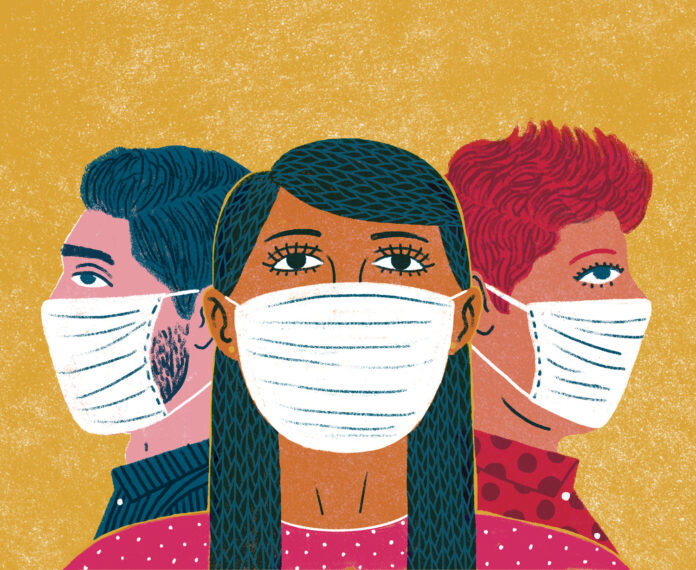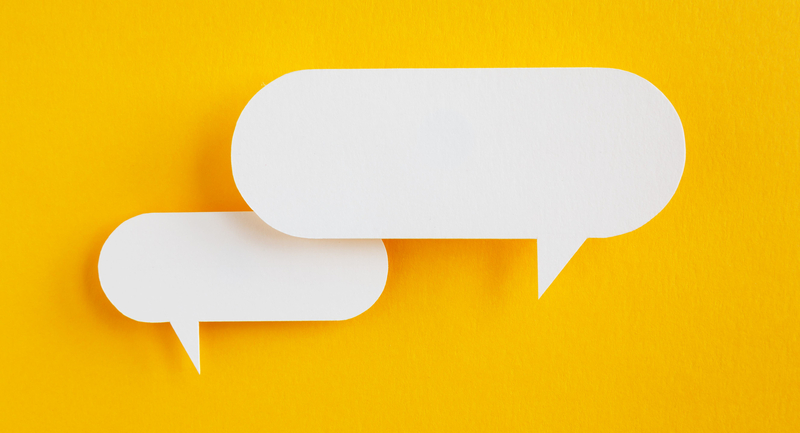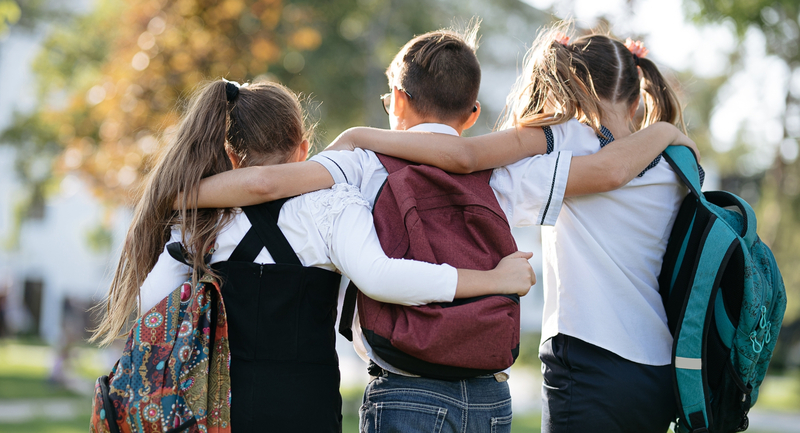By Brooke Stafford-Brizard
It’s an understatement to say that the last year has been challenging for teachers. We’ve asked them to learn entirely new methods for teaching in online and hybrid environments. We’ve asked them to address the trauma and stress students are experiencing as we navigate the pandemic and we’ve asked them to do all this while navigating their stresses, both professional and personal.
A 2017 survey by the American Federation of Teachers showed that nearly two-thirds of educators usually feel stressed out, twice the level felt by workers in the general population. That stress has only multiplied since the beginning of the COVID-19 pandemic. A study released in March by the RAND Corporation, supported by the Chan Zuckerberg Initiative, raises alarm bells about pressures felt by educators during the era of remote and hybrid instruction. Consider:
- Nearly half of public school teachers who quit (rather than retired) after February 2020 did so because of COVID-19. They cited longer hours, having to navigate the remote environment, and frequent technical problems.
- Those who left the profession during the pandemic reported working an average of 52 hours per week. About one-third of those who kept teaching said their workweeks last 56 hours or more.
- The majority of those who quit took jobs with less or about equal pay, and 3 in 10 accepted jobs with no health insurance or retirement benefits.
- In October, about one-quarter said they were likely to leave the profession before the end of the school year—which included a majority who hadn’t planned on leaving before the pandemic began.
If historical trends continue, the researchers noted, low morale and high burnout will result in significantly higher teacher attrition by the end of this school year.
Teachers face extraordinary challenges right now—under conditions that might linger into the 2021-22 school year. Not only is this detrimental to teachers themselves (and therefore the teaching profession), it also has tremendous repercussions on students. Especially considering the current crisis, supporting the holistic needs of adults and their capacity to bolster the same needs in students is a critical priority for the development of effective learning environments that aid the needs of the whole child. It is difficult for teachers to support students’ identities or well-being in the classroom if they’re stressed and burned out.
Fortunately, schools and organizations around the country have been taking significant steps to better address these systemic issues. Here are four examples of powerful tactics schools are using to build environments that prioritize educator and staff well-being and capacity to support students:
1) Provide opportunities for staff and educators to reconnect, heal, and feel safe and supported.
Strong and trusting relationships between adults are just as crucial as those between teachers and students. We can’t assume adults are making these connections during free moments on busy days, particularly when educators report feeling more responsibility than ever.
Valor Collegiate Academies, a small charter school network in Nashville, aims to prioritize relationships and social-emotional development as highly as academics. As part of this emphasis, students engage in a carefully designed circle model where trust and vulnerability anchor strong relationships through face-to-face communication. Teachers and academy leaders engage in the same circle model, coming together to prioritize social-emotional development and offer and receive peer support. They share what’s going on in their classrooms—the victories and challenges alike—with openness, honesty, and respect for one another. Adult circle participants say the experience is both validating and liberating.
2) Offer ways for educators to assess their well-being and cultivate self-care strategies.
Self-care strategies, such as mindfulness, meditation, exercise, and setting personal goals, are skills that can and need to be taught and practiced. Just as with academic skills, we need to use learning principles—cycles of practice, feedback, and application—so teachers can learn the skills connected to well-being.
The Center for Healthy Minds, part of the University of Wisconsin-Madison, is dedicated to cultivating well-being and “relieving suffering through a scientific understanding of the mind.” The center has developed a free app that supports well-being with the opportunities for guidance, practice, and feedback grounded in learning science. The center recently used this resource to deliver a well-being intervention to almost half of Madison’s teachers. After 15 weeks, the intervention showed lower rates of psychological distress and loneliness among participants and higher ratings of mindfulness, self-compassion, connection to meaning or purpose, and overall well-being.
3) Provide educators with professional development that supports student well-being and connection.
As our students and teachers continue to navigate uncertainty, instability, and trauma, it’s crucial to prioritize environments that center healing and equity and recognize and celebrate both students’ and teachers’ culture and identity.
PilotED Schools, a social identity-centered elementary school in Indianapolis, is an example of a school that integrates healing and equity into teaching and learning. For example, a history lesson about Plymouth Rock includes the traditional story of Pilgrims and indigenous people gathering—along with what’s left out of many history books. Teachers ask students to think about who they identify with in the story and express their thoughts about persecuted communities. The lesson wraps up with a discussion on emotions and with questions such as, “What would it feel like if that was your family, or if it was your friend?” Environments of healing and equity focus not just on how educators engage with each other and students but also on how and what we teach.
4) Recognize the science behind relationships as the foundation of a healthy and rigorous learning environment.
Positive, trusting, healthy relationships cannot be left to chance. There must be intentional design in addition to resourcing and monitoring of how these designs are built and fostered in our learning environments. Yet the science of relationships isn’t something teachers are traditionally exposed to in their pre-service training. Social-emotional learning is a dynamic area of research where we’re discovering more every day, so we must make professional development opportunities available for educators to learn the science behind relationships as a foundation for learning, and we must bring intention to supporting relationships in the classroom.
Turnaround for Children, an organization that translates the science of learning and development into tools and strategies for educators, helps teachers understand the brain science connected to relationships and then share what they’ve learned with students. Its resources walk teachers through the connection among emotions, human connection, and cognition. Because emotions and social connection are so deeply rooted in our success as a human species, they are intertwined with cognitive processes like attention and memory, which we access to engage in learning. Relationships are vital to this engagement. Just as cortisol is released with stress, oxytocin is released through human relationships and connections. The sense of safety and belonging that relationships provide is truly the foundation for learning, because they create the context that readies the brain to learn.
Also, the Search Institute provides research on developmental relationships and identifies critical elements of relationship-building with students, including challenging growth, providing support, sharing power, and expanding possibilities. The organization also provides a checklist for teachers on building developmental relationships during COVID-19. Finally, it offers specific guidance for supporting the pillars of developmental relationships: For example, teachers can express care through a text, email, video, or note expressing care and concern for their students during this crisis. And they can challenge growth by asking students to set a personal goal during remote instruction, then periodically check in on their progress.
Across the education field, we are seeing incredible work by our teachers to support our students. But the well-being and development of our students begins with how we take care of our adults and support them with resources to care for students. If we’re going to guide educators and school leaders to develop resiliency and well-being strategies, then tools such as these must be readily available to help them—before even more members of the profession opt for an early exit.
Editor’s note: This post is adapted from an article that will appear in the May 2021 issue of Educational Leadership.








